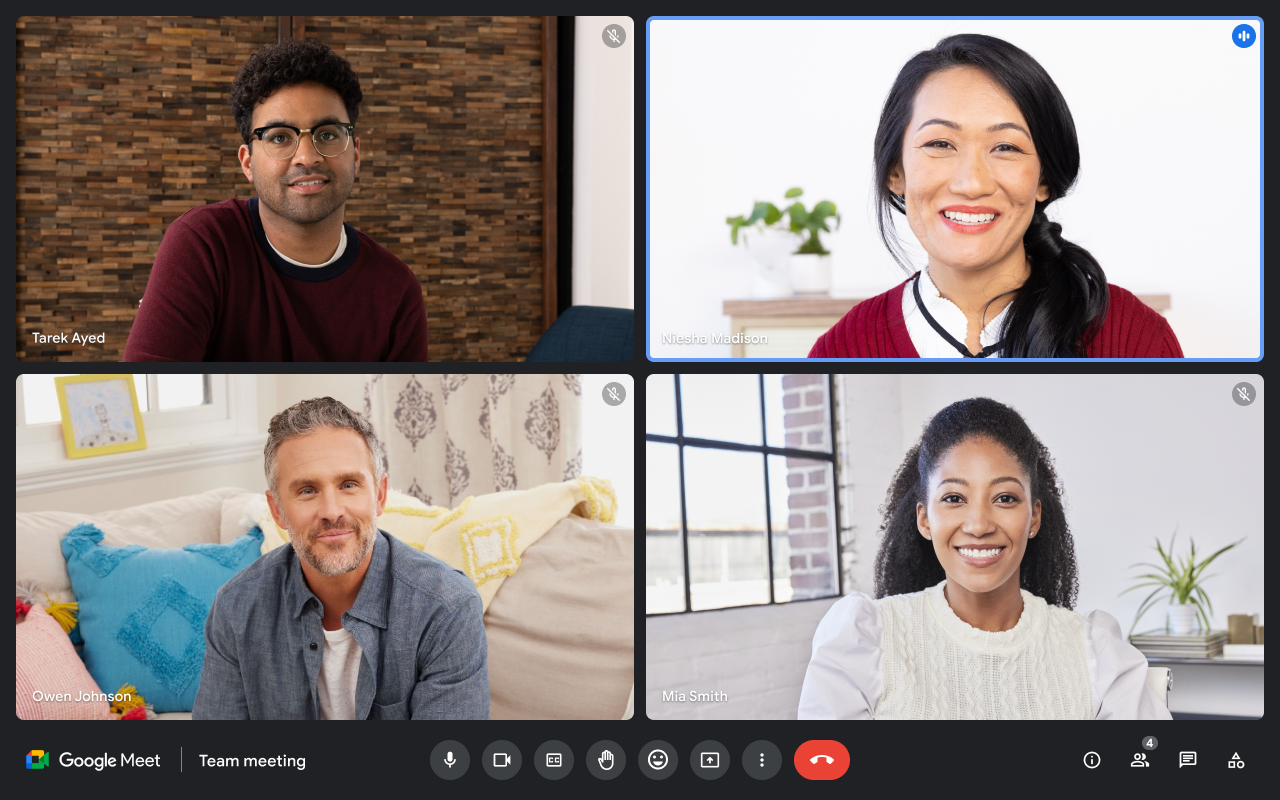We asked ten of experts for tips on “How to structure your online course?”
From mixing mediums to being authentic, here’s what they think you should do.
- Mix Mediums
- Use Short Digestible Chunks
- Write Clear, Descriptive Titles
- Don’t Charge for the Course
- Provide a Table of Contents
- Include Short Breaks Between Lessons
- Ensure That Every Topic Leads to the Next
- Allow Students to “Crowdsource” Motivation and Insights
- Add Assignments and Projects
- Be Yourself
1. Mix Mediums

My number one tip for structuring an online course is breaking up the course into different mediums.
Rather than sticking to one type of material, vary your delivery with a mix of text, video, audio, and interactive activities and quizzes in different formats. The switch in media type will re-engage learners’ senses and attention and keep students from tuning out.
Tasia Duske, CEO, Museum Hack
Tip: You can add different mediums and mix and match on the Wise platform.
2. Use Short Digestible Chunks

For online courses, shorter is better. My best advice is to break your course up into as many short, digestible chunks as possible without sacrificing informational continuity.
People have hectic, chaotic lives, and if they’re trying to consume your course around work, kids, and other commitments, the shorter you can make each module or class, the better.
For example, if you could roll up three interrelated topics into one 90-minute module, or splinter them out into three 30-minute modules, always opt for the three separate classes. And if you’re worried about informational continuity, you can always tie them back together with quick review quizzes.
John Ross, CEO, Test Prep Insight
3. Write Clear, Descriptive Titles

Clear, descriptive titles are the foundation for effectively structuring your online course. It’s important to take time to break topics down into individual lessons which are easy to understand and follow.
When putting together the outline of your course, try to simplify complex topics by breaking them down into smaller parts or modules. Use language that is coherent and straightforward, as if you were speaking directly with a student.
Clear titles will not only make it easier for students to quickly find what they need, but also make your course seem more organized and structured.
Jim Campbell, CEO, Campbell Online Media
4. Don’t Charge for the Course

Providing a free online course can be a great way to build value and trust with potential customers. This can serve as an effective sales funnel by allowing customers to explore the content and decide if they would like to purchase additional services or products connected to the course.
This will lead to more affiliate marketing referrals because of the trust that is built with users who have experienced positive results from the free content.
Brian Hawkins, Marketing Manager, GhostBed.com
5. Provide a Table of Contents

Though it sounds obvious, one way to structure an online course is to create a clear and clickable table of contents.
This structure can provide a roadmap for learners of the full lesson. It is wise to also provide a breakdown of the expected duration for each chapter or section in the flow, as this can prevent learners from becoming overwhelmed and help them plan their work accordingly.
By showing a table of contents, you instantly explain the course structure to prospective learners, manage expectations, and segment your session into digestible portions.
Kate Duske, Editor-in-Chief, Escape Room Data
6. Include Short Breaks Between Lessons

An online course can be interesting when well-structured. A part of this structuring is to include brief breaks in between the lessons to give participants time to attend to personal needs, such as taking a glass of water or taking a walk to the washroom.
Otherwise, one long lesson will be monotonous, tiring, and boring and the participants will not take much out of the lessons. It is better to have quick sessions of fully active members than one long lesson of bored participants who are only longing for the lesson to end so that they can go their own way. The breaks will ensure that you have an active class at all times.
Yongming Song, CEO, Live Poll for Slides
7. Ensure That Every Topic Leads to the Next

No one wants a course that jumps from idea to idea to idea haphazardly, making it hard to follow.
Think of your course as a story or a novel—just as every chapter effortlessly takes the story forward, your topics and modules should do the same. This way, ideas connect in a way that’s a lot more impactful and your audience is a lot more likely to absorb the information a lot better.
Guy Sharp, Relocation Advisor, Andorra Guides
8. Allow Students to “Crowdsource” Motivation and Insights

Having a successful online course is more than jam-packing your course with innovative and radical concepts. It is important to provide shared communities for students to collaborate, share insights, and “crowdsource” motivation from each other.
You must intersperse your online course with facilities for students to share what they have built from your course’s lessons. These students should collaborate (either in real-time or asynchronously) on projects, leveraging your course’s insights.
This garnishes your course with a communal spice, bringing in a bit of the vibe of the traditional classroom environment, where students learn and grow together.
Your online course—despite the enormous volume of knowledge stacked into it—can become boring where students are isolated from each other and learn in silos.
Lotus Felix, CEO, Lotusbrains Studio
9. Add Assignments and Projects

When I’m putting together an online soundproofing course, one of the most important things is to include regular projects and assignments.
Knowing that students must actively engage with the material in various ways throughout the course helps them better commit the concepts to memory, and keeps them from becoming overwhelmed.
When I create an assignment or project, I make sure that it’s both in scope and appropriate for the level and type of students who will take it, so they can approach it feeling confident that they can learn something new!
The careful balance between challenging yet achievable tasks can make all the difference regarding student success.
Ludovic Chung-Sao, Lead Engineer & Founder, Zen Soundproof
10. Be Yourself

As an advertising and graphic design adjunct professor at a local university, I have a bit of knowledge of creating curricula in the daily in-person setting. Now that education has become so accessible with online being accessible 24/7, taking your curriculum online just makes sense.
My tip to you? Be yourself.
Type in your voice, be the expert that you are, and trust the process. This may feel self-explanatory, but I find too many people stop before they even get started for trying to be outside themselves instead of leaning into their personalities.
Hana Ruzsa Alanis, Creative Director, Up Late Designers
If you’re planning to start with course building, check out our Ultimate Guide to Courses for a full-length tutorial.




